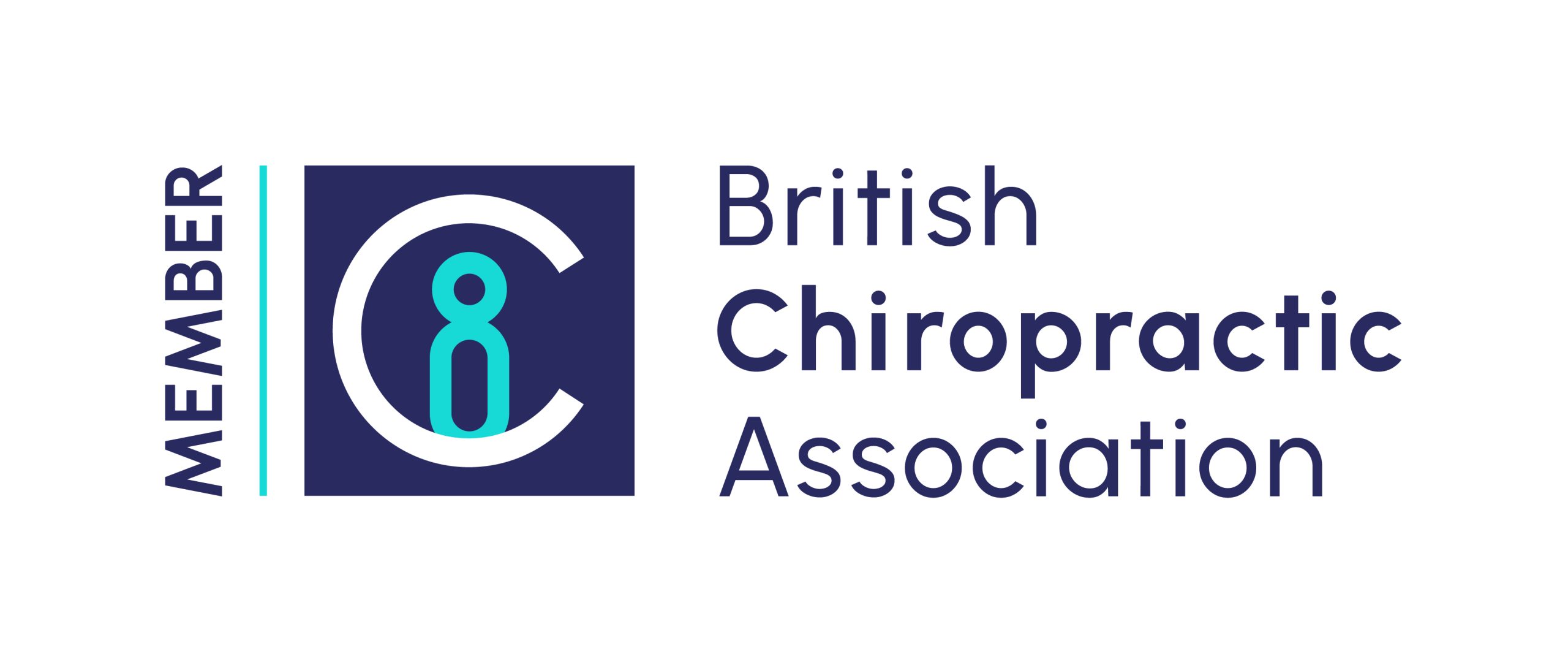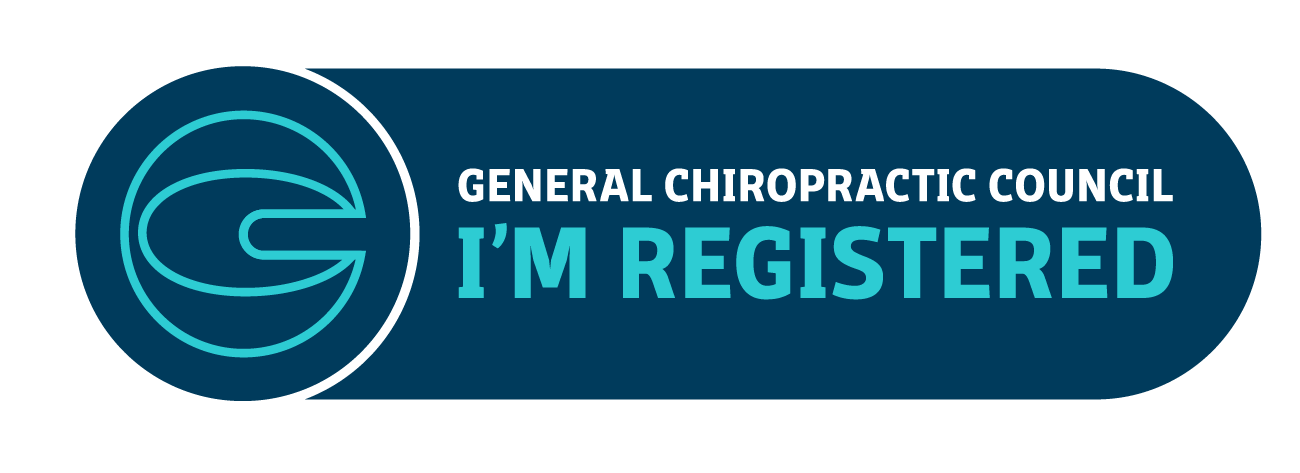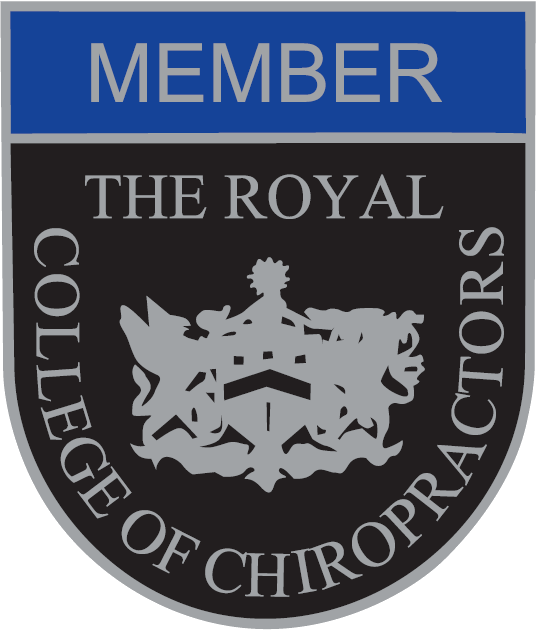 Experts are gaining more insights into the effects of stress and burnout on our bodies, leading drug companies to invest billions. Previously, inflammation was simply the body’s response to a stubbed toe, but now it’s a central topic in many health issues from long Covid to gut health. A quick search on Google Scholar yields nearly five million results on the subject, with 56,900 research papers this year alone exploring inflammation’s role in conditions like coronary artery disease and obesity. Major pharmaceutical companies like Eli Lilly are pouring billions into developing anti-inflammatory medications.
Experts are gaining more insights into the effects of stress and burnout on our bodies, leading drug companies to invest billions. Previously, inflammation was simply the body’s response to a stubbed toe, but now it’s a central topic in many health issues from long Covid to gut health. A quick search on Google Scholar yields nearly five million results on the subject, with 56,900 research papers this year alone exploring inflammation’s role in conditions like coronary artery disease and obesity. Major pharmaceutical companies like Eli Lilly are pouring billions into developing anti-inflammatory medications.
So, what has shifted? Is inflammation truly at the core of all medical problems? And what about the old stubbed toe?
First off, inflammation is still the body’s automatic response to infections, toxins, or trauma. When the body encounters a virus or sustains an injury, the immune system activates, sending inflammatory cells and cytokines to tackle the threat or heal damaged tissue.
Jon Whitehead, a professor of biomedical chemistry at Lincoln University, explains that inflammation was originally beneficial from an evolutionary perspective, helping our bodies to protect and maintain balance. For instance, when you stub your toe, it swells and reddens but eventually heals and the inflammation subsides.
However, in recent times, inflammation has become more systemic, contributing to conditions beyond the known autoimmune diseases like inflammatory bowel disease, rheumatoid arthritis, and psoriasis. It is now a chronic, low-grade issue that often goes unnoticed but underlies many modern diseases.
Whitehead states that this type of inflammation plays a role in most ‘21st-century’ illnesses, including cardiovascular disease, diabetes, and cancer, not necessarily causing them but worsening their outcomes. Epidemiologist Tim Spector adds that inflammation is involved in virtually every disease to some extent. Stress, for example, causes inflammation, which can lead to heart attacks.
Modern life’s chronic stresses, poor diets, and lack of natural light keep our bodies in a state of constant alert, wearing down our immune systems.
How can we identify chronic inflammation and what can we do about it?
The five classical markers of inflammation are pain, heat, redness, swelling, and loss of function. While these are observable in a stubbed toe, they are harder to detect in internal organs. Signs like frequent infections, weight gain, insomnia, depression, or fatigue may indicate chronic inflammation. Belly fat, in particular, is a significant indicator as it’s linked to harmful visceral fat that produces inflammatory cytokines continuously.
Diet is crucial in managing inflammation. Poor-quality meals provoke a higher inflammatory response, while a better diet rich in fruits, vegetables, fiber, lean proteins, and fermented foods can help. A healthy gut microbiome fights inflammation effectively.
Gastroenterologist Shilpa Ravella stresses the importance of including anti-inflammatory nutrients, especially fiber, in our diets. Nutritionist Gabriela Peacock also suggests supplements like resveratrol and curcumin, found in red wine, turmeric, and green tea, to combat inflammation. Basic lifestyle changes, such as exercising and spending time in nature, can further support the immune system and reduce chronic inflammation.
While inflammation is a hot topic in health, it’s essential to remember its complexity and inherent benefits. Overindulgence and chronic stress lead to imbalances causing more than just a stubbed toe.
Balancing life’s pleasures moderately helps maintain overall health and prevents chronic inflammation.
If you would like advice and assistance with planning your diet and wellness, give us a call and book a functional nutrition session today and start getting your health on the right track.









